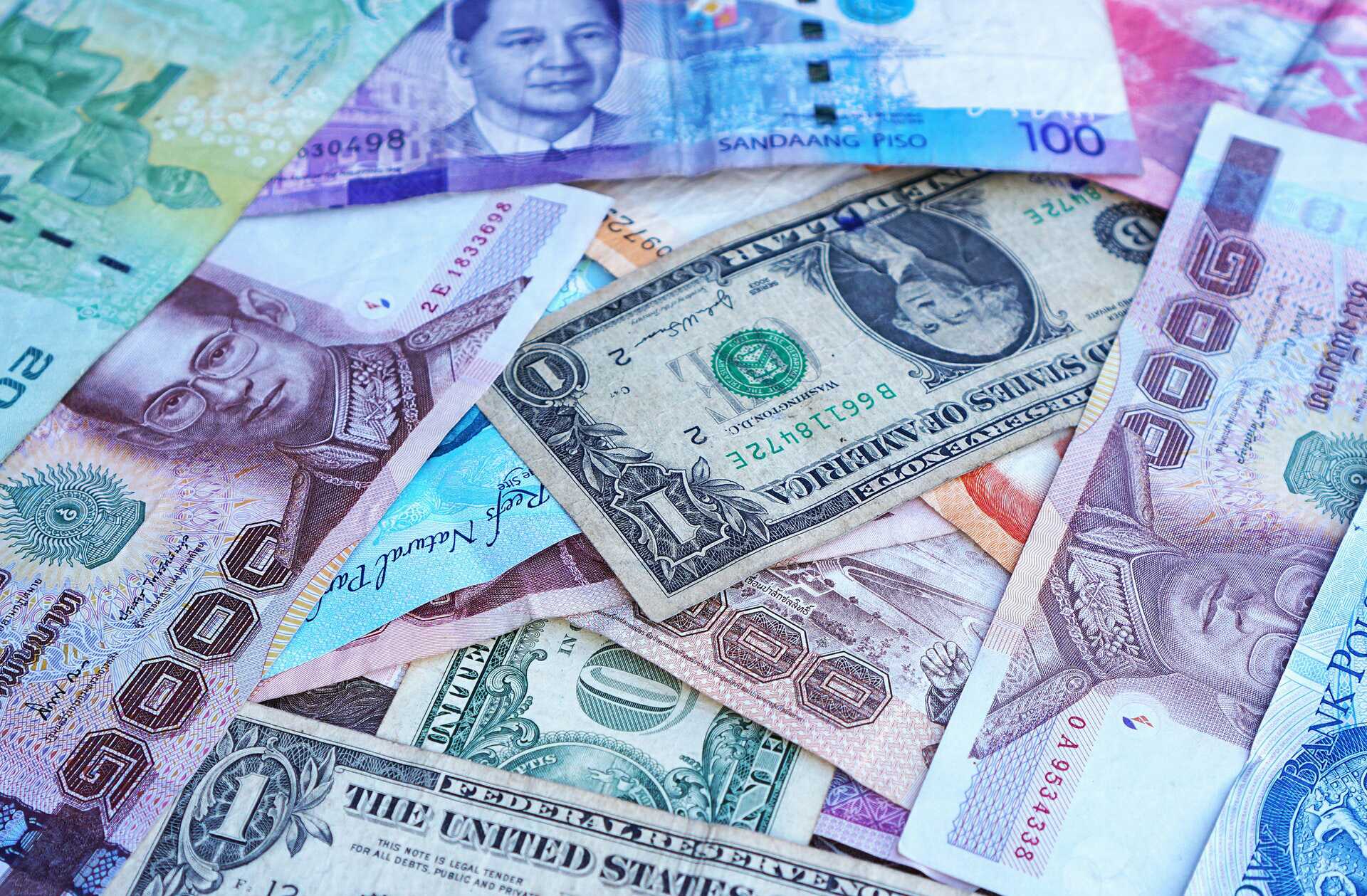Exporting is not a quick fix for growth or poor local sales. It requires a strategic intention to implement, and dedicated efforts in assessing the potential in export markets. It’s therefore important to commit to the export process.
That said, there is a lot of assistance available to businesses interested in exporting their products. If you do want to tap into these options, however, you need to ensure you have all the detailed information at hand that will be asked of you, and this means you need to have covered all of your bases.
Read More : 3 Reasons Why your business need to Export
Here’s how to get ready to start an export business?
Choosing The Right Export Market for Your Product
There are two key secrets to choosing the right market for your product. First, is there product acceptability, and second, does the country import more in your category than it exports? Big Market isn’t necessarily better if the product/market fit isn’t right.
It’s a pointless, costly exercise to go into a market that is exporting more than it’s importing of your line of product. If they’re exporting more than they’re importing, it’s not a great product/market fit. They’ve flooded their own market and need to get rid of excess product. If it’s the reverse of that, but they’re only importing less from your country, then you need to look at world statistics and extrapolate from there.
Learn More : How to Successfully Launch Your Product in A Foreign Market
Too many business owners focus on the size of the market and exchange rates instead of their products and where they will be well-received. There are also higher requirements when you’re targeting the US or Europe, and meeting those requirements comes at a cost.
Use Help from Export Promotion Councils
Make use of your countries export promotion and industry councils, do a lot of market research through your foreign offices and countries embassies. Research firms also exist. The data is out there; you just need to search for it.

Preparing Paperwork for Export
With exporting products to other counties comes paperwork and bureaucracy. You need to clear your requirements and paperwork in your own county and the country that your exporting to. It’s a time-consuming activity and you must understand the process. This is a big barrier, and one all exporters encounter all the time.
Read More : 4 Key Factors to Succeed at Exports
Learn how to export to your market by studying the policies, rules and regulations. Learn to write complete export documents and terms of agreement. That is the set of rules that define the responsibilities of sellers and buyers for the delivery of goods under sales contracts, contracts of money transfer. Please, do a background check by ensuring to verify export documents, licenses of all parties involved. Basically understand and read through the fine prints of all the documents before exporting. You’ll lose your business if you don’t understand them, particularly if you’re planning to export perishable goods.
Find Your Value in Export Market
Be as cost-effective as possible, without sacrificing quality. At the end of the day, all manufacturers are competing with Cheap imports, so cost is an issue. You can be cost-effective and still offer quality products.
Find A Buyer or A Distributor
There are many ways to market your product internationally. You can find a distributor through expos and market research. Sole agents are expensive and a lot rests on you, from market research to supply advertising material and managing them on a day-to-day basis. Distributors on the other hand should already be plugged into the industry with retail contacts. They do business based on a distribution fee that is usually between 10% and 30% based on product volume and pricing.
Also Learn : Golden Rules for Dealing with International Clients
A distributor also has a warehouse and distributes your product as part of their overall offering. To choose the right distributor, look at their product mix. You want to choose someone who has the right connections and who you can train on your product, but who isn’t also distributing a competitor product. You want a deal in place that promotes volume, the more they sell, the higher their margins. For example, you can also give extra product as an incentive if you can’t discount on your margin.
Make sure you know exactly what you need to make from each sale so that you can give clear pricing and discounting directives. There’s a balance between incentivizing your distributors and ensuring you make the margins you need.

Examine Your Buyer
If someone offshore wants to do business with you, you need to start with a credit check. Do some research on them! Are they a legitimate company? You want proof of banking details, company documentation and registration documents. You need a fool-proof contract that details your distribution agreement and includes your landed price, your selling price, your discounted prices and any other selling criteria.
Just as you need an export license, which you receive through your countries customs office, your customer needs an import license, or your goods won’t be allowed off the ship.
Pricing Your Product
Pricing is critical and will be based on your market research. What pricing will your target market tolerate? Can you make the margins you need or does it make more sense to walk away? If you have a higher-end product that can ask for more, can you afford the level of advertising you’ll need to do? Can you justify your price? These are all points to consider.
And if you’re wrong, withdraw from that market and look for other markets to export as quickly as you can. As soon as you discount, you become a commodity. If you find you’re priced incorrectly for your market of choice, you can try to find a way to cut costs, possibly through slight adjustments to your ingredients.
Perhaps you don’t use the ingredients or components you wanted, which allows you to come in at a slightly less expensive option that the market still wants. You can offer leather uppers in footwear for example, instead of 100% leather. There are a lot of ways to adjust costs. If you can’t adjust your costs, you need to market or promote your products heavily. Pricing must take tariffs, marketing and distribution costs into account.

Export Logistics
From a logistics point of view, the closer the export market is to you, the lower the freight and logistics costs you’re incurring. Deciding between air, rail, road or sea is dependent on various factors, including the weight of your product, the infrastructure available both in South Africa and in the destination country which will affect cost, distribution lead times, the value of your product and the life of the product.
Learn More : 8 Factors to Consider When Transporting Goods in Business Logistics
With all these options, and more, it’s best to have a freight forwarder that has experience in transporting your type of product to the destination country to ensure the best logistics solution and that all paperwork is in place.
Collections and International Payments
Remember that there are different monetary regulations in various countries, including tax considerations. There is also a significant amount of paperwork attached to the process of receiving payment from foreign countries. When researching countries, assess whether there is liquidity or if getting money out is a challenge. This is particularly important when exporting into developing markets.
Start small and take your time. If you don’t go all out in the first few deals, mistakes won’t impact the future of your business too much. You can use the initial deals as lessons and when the big deals come, you’re prepared and have some experience in dealing with potential issues.
Now, go! Start an Export Business and reach the imagined heights of growth and success by exporting your products.
Do you have any more points to add on How to Get Ready to Start an Export Business? Comment them on Trdinoo for others to learn. Please subscribe and share us with your friends and networks.
